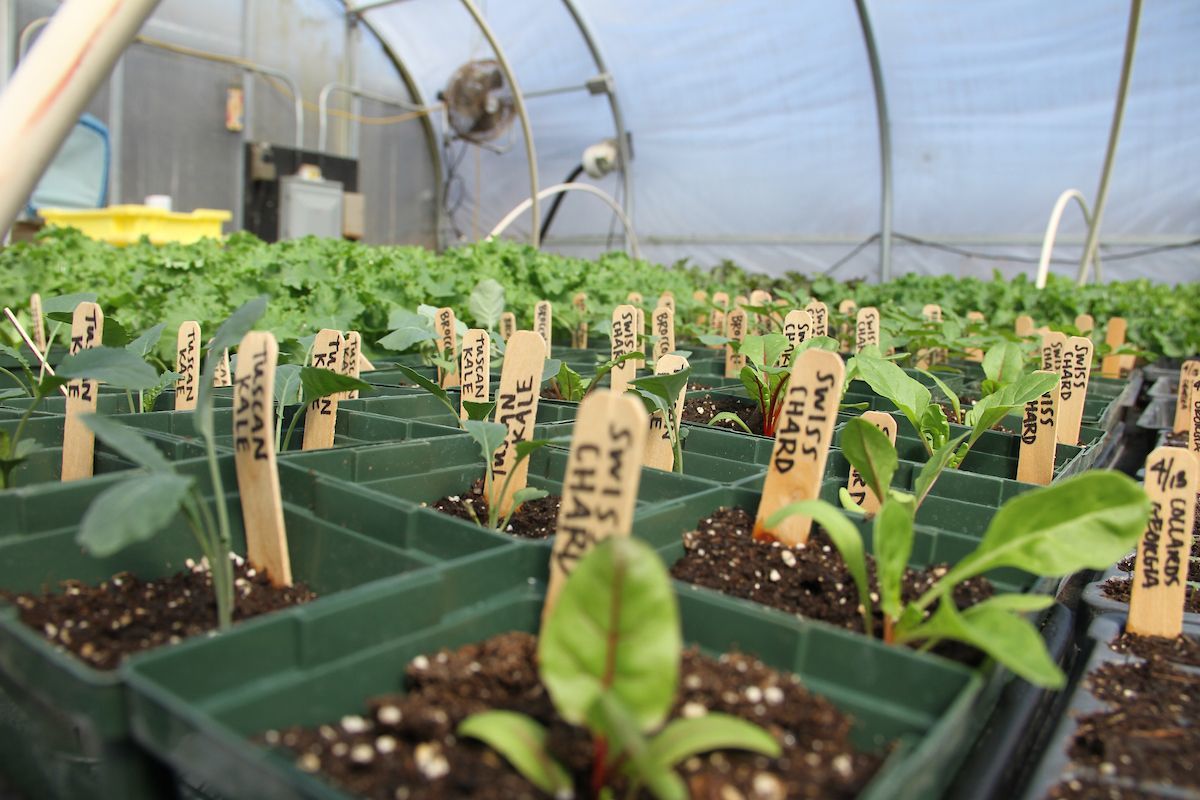
In this update, we highlight the progress of the Multiflora Thicket restoration project, integrating ecological restoration with agricultural conservation practices. Restoration Agriculture aims to revive the ecological well-being of working landscapes by blending native and naturalized plant species to mimic native ecosystems. This approach delivers climate resilience benefits to farm operations while maintaining advantages such as biodiversity enhancement, water quality improvement, carbon sequestration, and wildlife support.
Our project focuses on restoring two acres of natural drainage areas on the farm, which are currently dominated by dense thickets of multiflora rose. We aim to replace the multiflora rose and other non-desirable species with a mix of native and naturalized perennial plant species that could also serve as marketable food crops and livestock forage. These areas will also act as protected spaces for our livestock during periods of extreme weather, including cold snaps, heatwaves, droughts, and high winds.
Our dedicated team, including compensated community crew members and volunteers, engaged in year-round activities to suppress invasive species regrowth. Activities include mulching, cover crop management, and strategic planting to ensure successful restoration of this site.
The selection of appropriate native species is a critical aspect in the restoration process. At Glynwood, we are currently evaluating several native species for propagation and planting, including Indiangrass, Big Bluestem, Blackberry, Elderberry, Willow, Serviceberry, Pawpaw, American Persimmon, Red Mulberry, Honey Locust, Black Walnut, and Northern Pecan. These species will be strategically arranged to mimick the natural associations and relationships found in native plant communities.
Soil composition and moisture play a crucial role in determining the placement of specific species. By considering these soil characteristics, we can strategically position the native species to maximize their growth and resilience.
In nature, plants naturally grow in diverse communities rather than in monocultures. We strive to replicate the interconnectedness and interdependencies found in natural ecosystems by creating guilds of native plants. A plant guild is a combination of species that complement each other in form and function, providing valuable resources to humans while fostering resilience and biodiversity. For example, in our Black Walnut guild, we have selected Black Walnut due to its widespread presence and numerous benefits. This tall tree produces edible nuts and oils with high nutritional value for both humans and wildlife.
The Multiflora Thicket restoration project exemplifies the power of Restoration Agriculture in revitalizing ecological health, promoting climate resilience, and supporting biodiversity on working lands. By replacing invasive species with a thoughtfully curated mix of native and naturalized plant species, we not only enhance the landscape but also improve the overall productivity of our farm. We are immensely grateful to the Ecological Restoration Grant program at Partners for Climate Action Hudson Valley for their invaluable support. Together, we forge ahead intoa more sustainable and resilient future.
This work is supported by Partners for Climate Action Hudson Valley (PCA).

